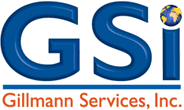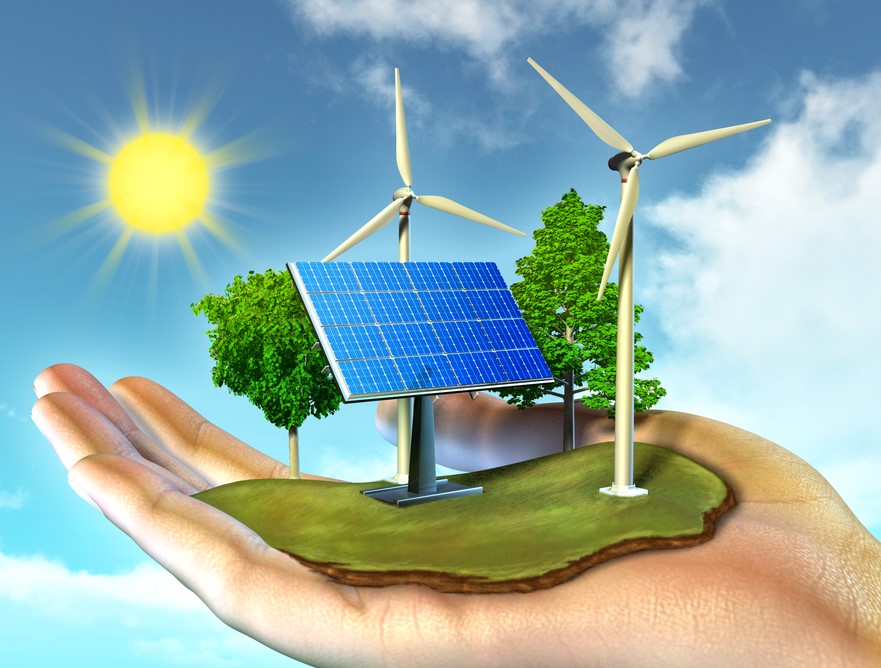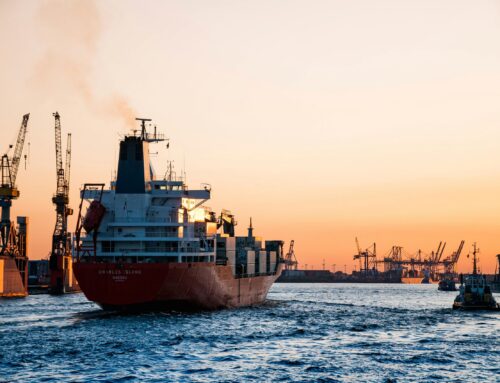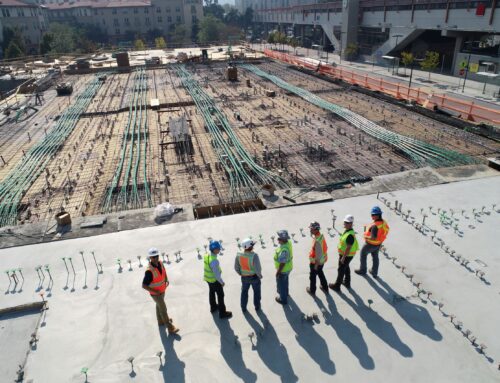
Renewable energy is a hot commodity, and despite the COVID 19 setback – (workforce down 14 percent from 3.4 million), it remains to be on a slow but steady upswing.
Keeping renewable energy installations safe must be an ongoing and adaptable practice for every work environment.
Employers are responsible for workers’ health and safety on the job site; however, safety measures should not be exclusive to just OSHA mandates. All renewable energy sectors cannot follow one set of safety requirements; similarly, employers cannot apply all safety measures to every job site. Each project has its own set of hazards that require a detailed risk assessment.
The six types of renewable energy sources currently on the market are:
- Solar energy
- Wind energy
- Hydro energy
- Tidal energy
- Geothermal energy
- Biomass energy
There are hazards specific to each of the energy sources; some also share similar threats. Today’s blog will focus on safety with solar and turbine power
Solar Power – The most dangerous threat that affects workers who install solar energy panels are electrical and include:
- Arc flashes, (arc flash burn and blast hazards)
- Electric shock
- Thermal burn and electrocution
Many components used in the construction, manufacture, and repair of solar panel systems can cause electrical injury. Two sources are used to power up these panels – utility companies and the sun. Power continues to generate even when a building’s main breakers are off.
To protect workers, employers must follow OSHA’s numerous safe work practices for electricity usage and adhere to the required training.
Turbine Power – The most dangerous hazard for laborers who work with wind turbines is falls, especially during installations. Injuries from falls can include:
- Broken or fractured bones
- Neck and back injuries
- Traumatic head injuries
- Internal injuries
- Death
OSHA has mandatory requirements for any laborer who works six or more feet above the ground. Some include but are not limited to:
- Guardrail systems around hazard area
- Safety net systems placed close to the work area
- Nets as bridges, they must be in unobstructed areas
- Follow distances for placement of nets set forth by OSHA
An employer who takes ownership of his workforce’s safety will go above and beyond mandatory measures. Some tips include:
Scope the job before the work begins.
- Know the materials you need before starting a job, including scaffolding, ladder heights, lifting equipment. Potential trip and fall areas must be assessed and cleared.
A day in the life
- Spend time at the site to understand all potential risks can reduce costs and reduce injuries.
Invest in employee training
- Proper, ongoing training, equals safer workers.
- A well-trained machine operator will use 10-12 percent less fuel.
- Training is the difference between productive and idle time
Go for the gold – Buy materials from a reputable supplier. Cheap materials jeopardize the lives of your workers.
Watch for future blogs on safety in other areas of renewable energy.
Gillmann Services, Inc. has and always will stand for safety without compromise. To ensure proper safety practices are developed and adopted for and by everyone, we provide various training opportunities through our on-staff instructors. Give our team a call today to see what Gillmann can do for you!






